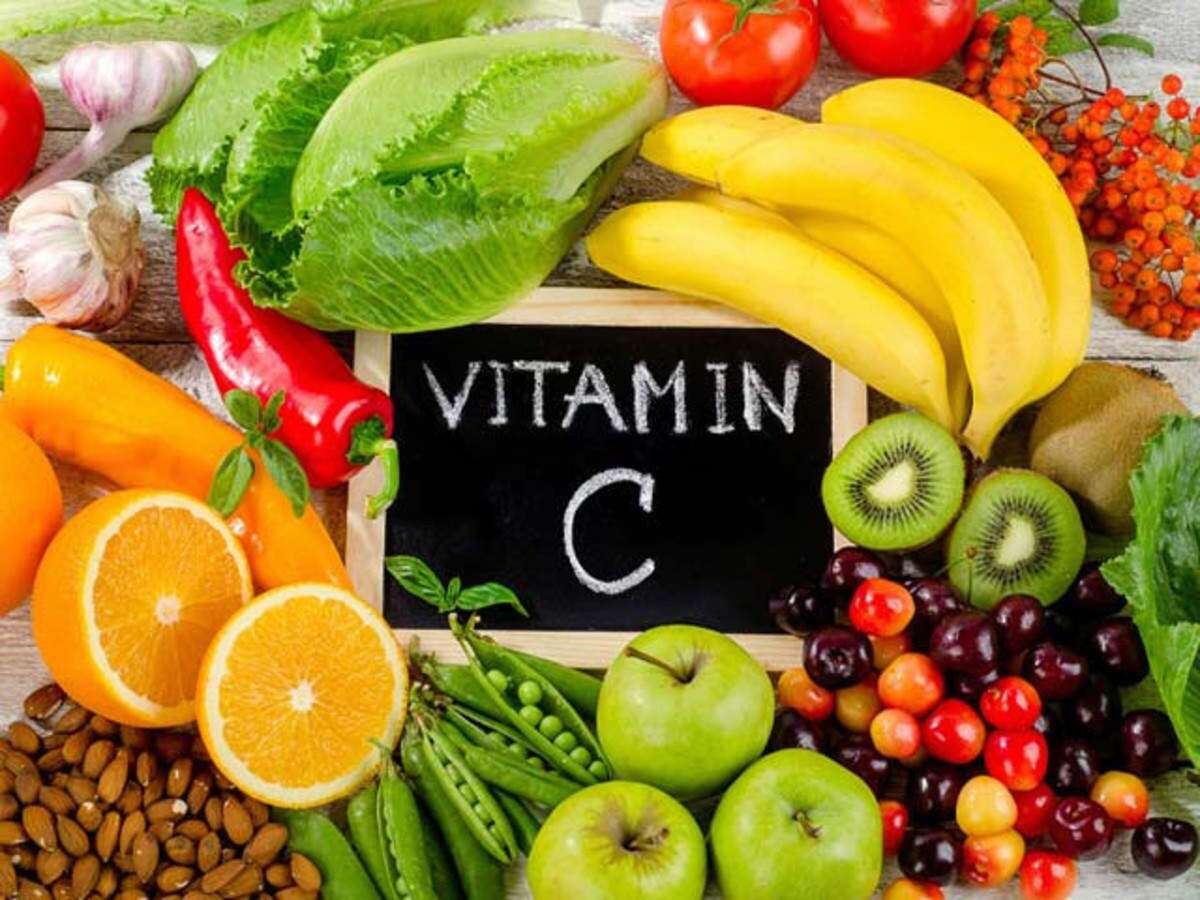Vitamin C is one of the most known nutrients because of how it helps our immune system. We probably know to drink orange juice whenever we have a cold or remember the times our parents would have us take vitamin C supplements from brands like Pure Encapsulations at Supplement First to prevent sicknesses.
But this water-soluble vitamin does more than help with the immune system. It assists in controlling infections, healing wounds, collagen synthesis, neurotransmitter production, skin and bone health, and more! As such, it’s important to get enough of it every day. The question is: Where?
Besides taking vitamin C supplements from Designs for Health, here are the best food sources for this nutrient that you can add to your diet, other than oranges.
- Kakadu Plums
Kakadu plums are an Australian native superfood that contains 100 times more vitamin C than oranges! It’s actually the richest food source of vitamin C, with almost 3,000 mg per 100 grams. Besides that, this fruit is rich in vitamin E, potassium, and lutein, which helps with eye health.
- Rose Hips
Rose hips are small fruits from the rose plant, which taste sweet and tangy. Just 100 grams of this fruit, or around six rose hips, will give you 426 mg of vitamin C!
- Chili Peppers
One green chili pepper has over 100 mg of vitamin C, while one red chili pepper contains 65 mg. Hot red chili peppers are also beneficial because they are said to decrease mortality.
You can also get vitamin C from sweet yellow peppers, which provide around 342 mg of vitamin C!
- Guavas
Guavas are pink-fleshed tropical fruits native to South America and Mexica. One guava contains around 125 mg of vitamin C and is rich in lycopene.
One study shows that people who consume 400 grams of peeled guava (approximately 400 grams) daily experience lowered blood pressure and cholesterol levels.
- Parsley
Just two tablespoons (8 grams) of fresh parsley provides 10 mg of vitamin C. It’s also a great source of vitamin K and other oxidants. While you may not be consuming parsley on its own, you can still ramp up your vitamin intake when garnishing this herb on your dishes, like pasta.
- Kale
Kale is a cruciferous vegetable that contains many essential vitamins.
100 grams of raw kale will give you 93 mg of vitamin C, as well as high levels of vitamin K, lutein, and zeaxanthin. As for one cup of cooked kale, which is about 118 grams, you can get 21 mg of vitamin C.
Cooking kale can reduce its vitamin C content but it is also said that boiling and frying leafy greens may help reduce the risk of chronic inflammatory diseases.
You can also get enough vitamin C from other leafy greens like broccoli and Brussels sprouts!
Wrapping It Up
Start getting more vitamin C in your diet with the list of food above!


